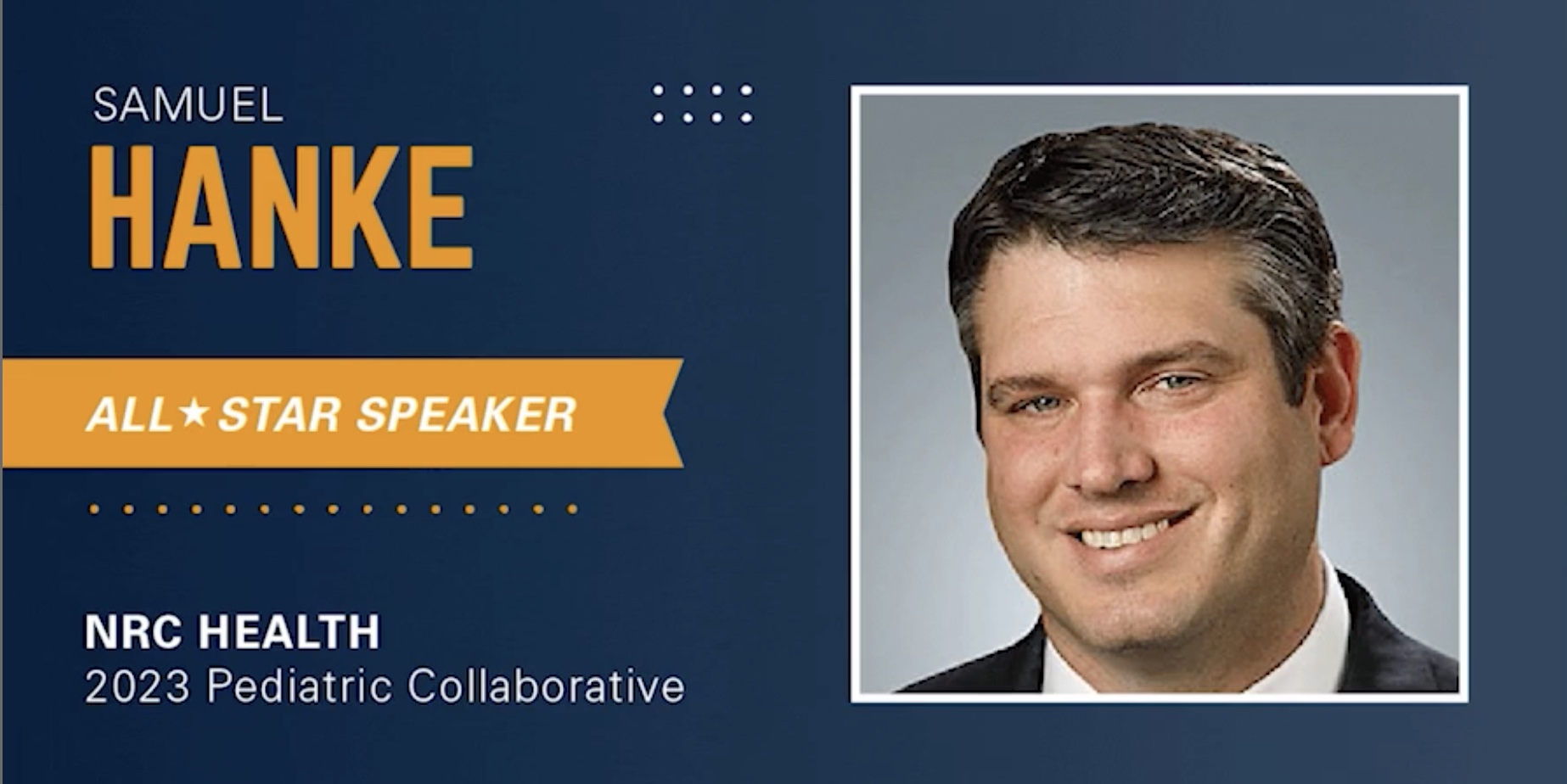Leveraging patient feedback and high-reliability interventions for inpatient communication

Leveraging patient feedback and high-reliability interventions for inpatient communication
Every day on average, Cincinnati Children’s hears patient feedback from more than 250 families, which makes for over 100,000 survey responses annually. Collectively, that’s 1.3 to 1.4 million data elements and about 20,000 comments every single year that they want to understand. It’s a daunting task—but the organization’s leaders say it’s crucial to get it right.
“When families tell us the story of their experience, they speak to us about different elements that build upon each other,” says Sam Hanke, MD, MS, MBA, Chief Patient Experience Officer, and Pediatric Cardiologist at Cincinnati Children’s Hospital. “It starts with their ability to access our care, after which they expect to be kept safe and to receive the world-class care we are known for. Communication and respect are often at the heart of what families ask of us. When we are at our best, the experience we provide feels personalized, often like a definitive moment for that family.”
Hanke says that communicating this hierarchy of experience at Cincinnati Children’s is intentional, especially around how they support systems and staff to create defining moments—but he also believes that the defining moments are the anecdote to burnout in healthcare.
“When you provide a defining moment, you see it in the face of a child,” he says. “You get to see it in the family you’re working with. And I believe that is going to anchor us to the purpose of why we went into healthcare, and that will help us get through exhaustion and lack of purpose and connection.”
Cincinnati Children’s has tried many methods to better understand and improve the patient experience. They have held Experience Collaboratives, which included five three-hour interactive focus-group sessions with approximately 75 multidisciplinary team members for rich, diverse insights. Teams included physicians, nurses, NPAs, PCAs, unit coordinators, registration staff members, social workers, and patients and their family members. But while bringing together people and getting a lot of stakeholder buy-in was positive, the organization’s leaders realized they also needed to invest in different high-reliability ways to get the experience priority right for families.
“We have a responsibility to those we work with in our institutions, to our communities, to make sure that this investment has the impact that we want—or else all we do is create more inefficiencies and more barriers,” Hanke says. “And then, finally, the exciting part is, what change can we make that will result in improvement?”
Here are a few of the ideas Cincinnati Children’s has implemented:
MyChart Bedside
The use of MyChart Bedside provides:
- A platform for disseminating medical information and education
- Clarity of caregiver roles
- Patient schedules/medications/vital signs
- Flexibility for patients and families to communicate
- Integration with Epic (Less non-value work for front-line staff)
- Lower cost to Cincinnati Children’s
- Increased patient and family engagement, with an 8.65 average rating from families
- An improvement of 1.24x in Doctor Communication
- An improvement of 1.2x in Care Coordination
Hanke says that this platform allows them to provide insights and information to families without increasing the workload and burden on their staff; it also integrates with Epic and helps them communicate what is happening to patients, saving them money compared to their previous platform.
Family Testimonials
- “I like seeing who is working this shift. Around 7:15, I go to the iPad to see who is coming on next. I like to know who will be coming into our room. If it is someone we’ve had before, and if it’s someone my daughter likes, it makes it easier to decide if I will take a little break or leave the room for a little bit.”
- “I can just see everything on the iPad, and I don’t have to wait to see anything. I can see what’s happening and think about things to know what questions to ask.”
MyChart Bedside Open Notes
Another high-reliability approach is using MyChart Bedside Open Notes, which Cincinnati Children’s patient-families like because it allows them to read up on anything providers didn’t mention in person but may have added to the written notes. In a small study by Hospital Pediatrics, 100% of parents agreed that Bedside Notes information is useful and helps them remember their child’s care plan, prepare for rounds, and feel in control.
MyRounds and Family-centered Rounding
MyRounds is an application that:
- Creates a daily rounding schedule
- Communicates this schedule to bedside RNs around their patients’ anticipated rounding times
- Notifies parents and guardians of their children’s anticipated rounding times, so they can plan their day
MyRounds and Family-centered Rounding, the goal of which is to include all care-team members (including family members) in rounds, is helping Cincinnati Children’s improve safety, situational awareness, communication efficiency, and patient care and engagement.
“I think we must, as an organization, come together and really commit to communicating better,” Hanke says. “And I think this is how we can help facilitate our people connecting with people and doing that, using reliable methods at scale.”
Click here for more on this presentation and the NRC Health 2023 Pediatric Collaborative.


